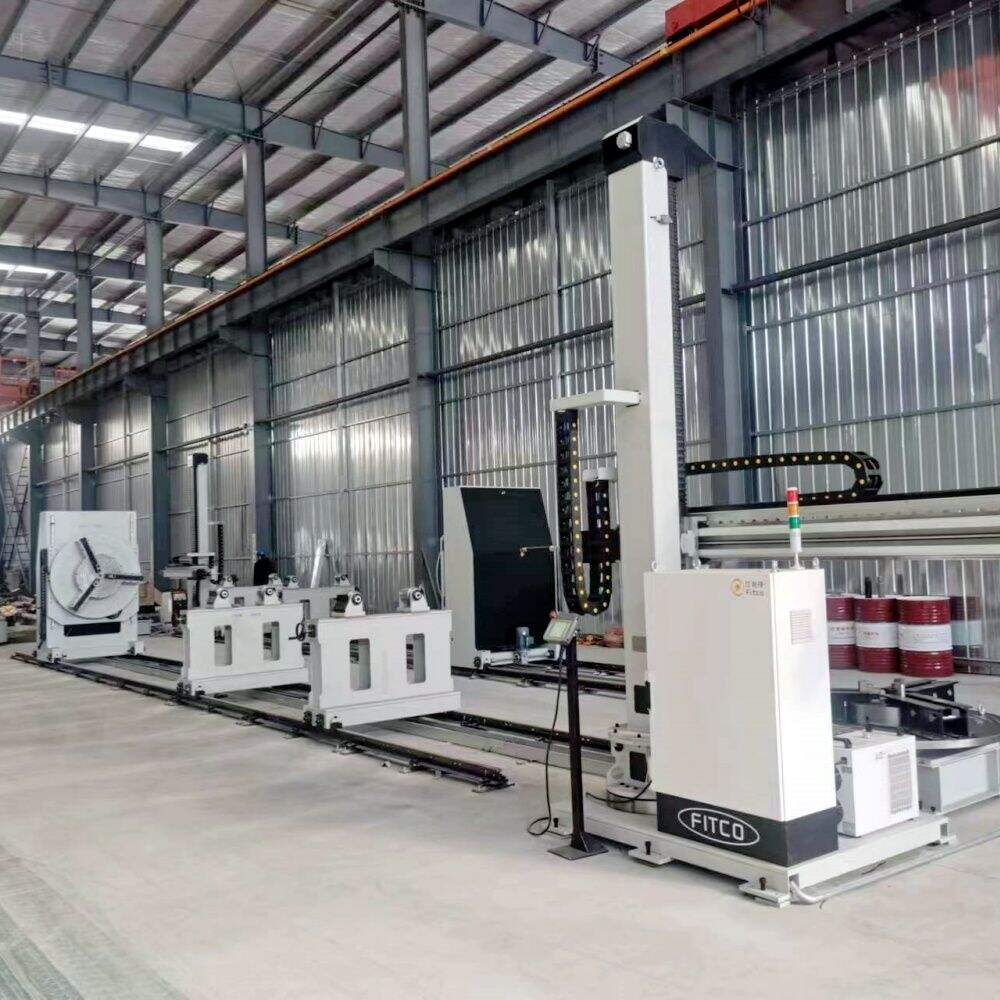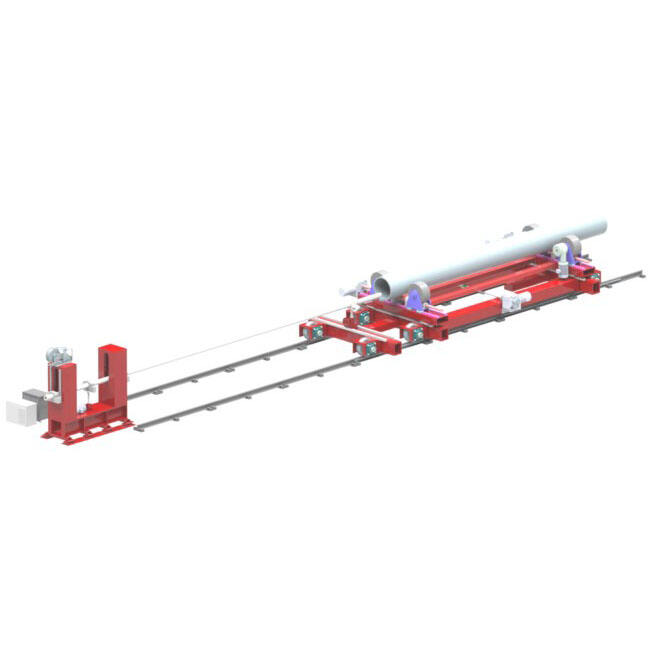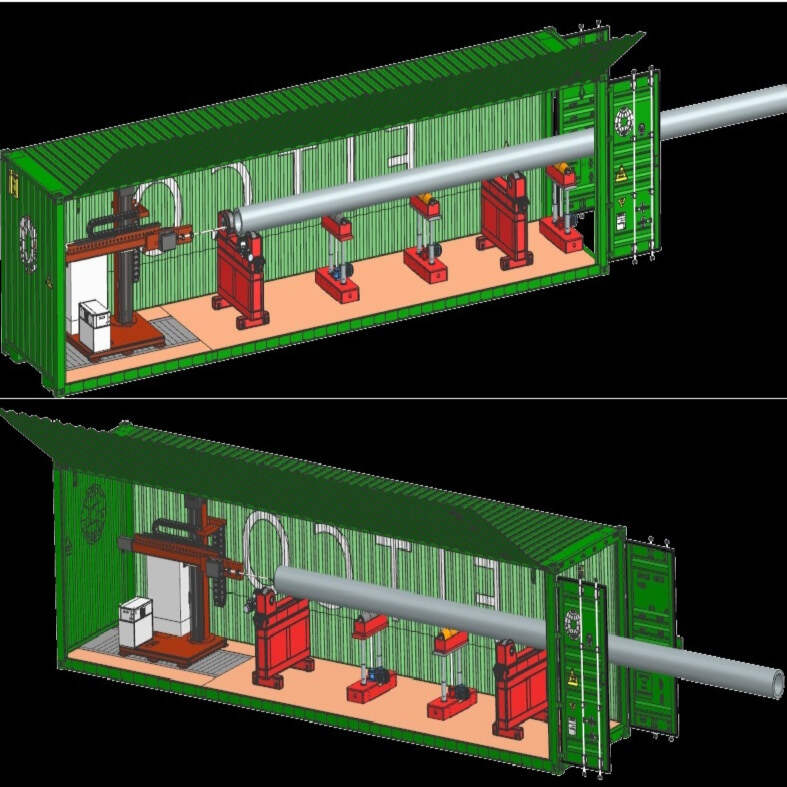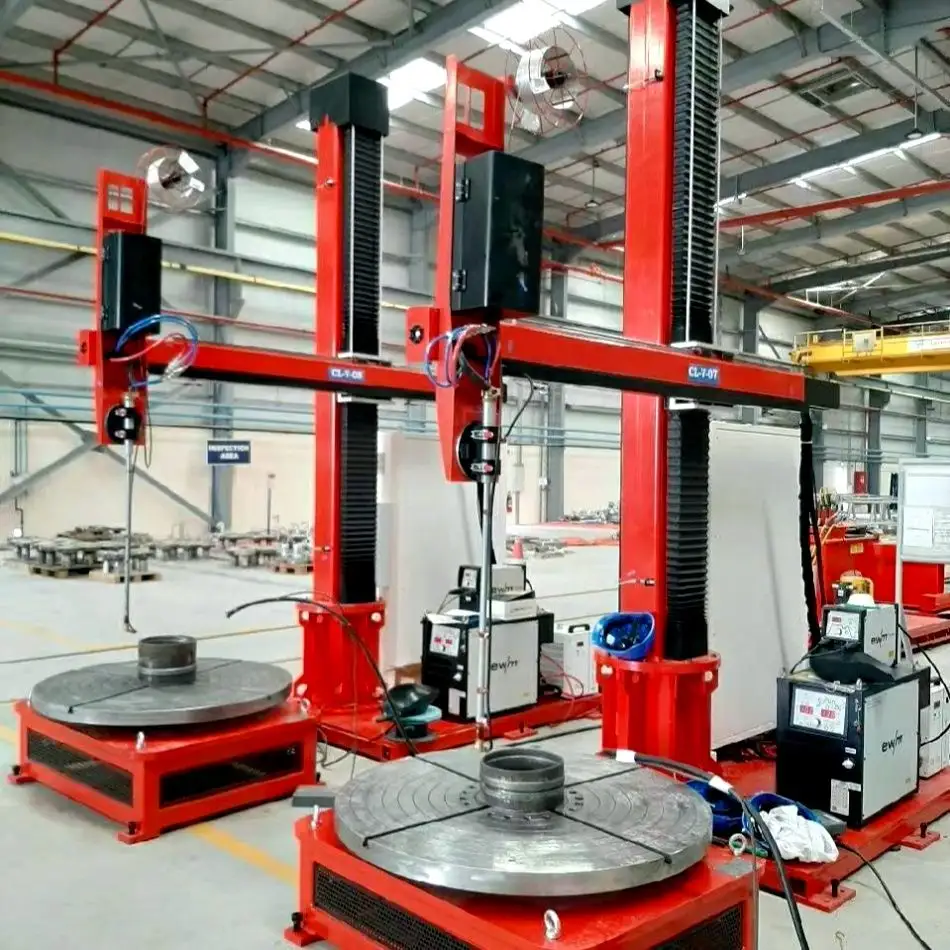tig arc welding machine
The TIG arc welding machine represents a pinnacle of precision welding technology, offering unparalleled control and versatility in metal joining applications. This sophisticated equipment utilizes a tungsten electrode to create an electric arc, while a separate filler material is manually fed into the weld pool. The process occurs under the protection of an inert gas, typically argon, which prevents atmospheric contamination. Modern TIG welding machines incorporate advanced features such as pulse width modulation, digital control interfaces, and adjustable frequency settings. These machines can handle materials as thin as 0.5mm up to several inches thick, making them ideal for both delicate precision work and heavy-duty applications. The equipment typically operates on both AC and DC power sources, allowing for the welding of various metals including aluminum, stainless steel, mild steel, and exotic alloys. Notable technological features include high-frequency start capability, which enables arc initiation without contact, preventing tungsten contamination. The machines also offer precise amperage control, often featuring foot pedals for real-time adjustment during welding operations.

 EN
EN
 AR
AR BG
BG HR
HR CS
CS DA
DA NL
NL FI
FI FR
FR DE
DE EL
EL HI
HI IT
IT JA
JA KO
KO NO
NO PL
PL PT
PT RO
RO RU
RU ES
ES SV
SV TL
TL IW
IW ID
ID LT
LT UK
UK SQ
SQ HU
HU TH
TH TR
TR FA
FA AF
AF CY
CY MK
MK LA
LA MN
MN KK
KK UZ
UZ KY
KY








